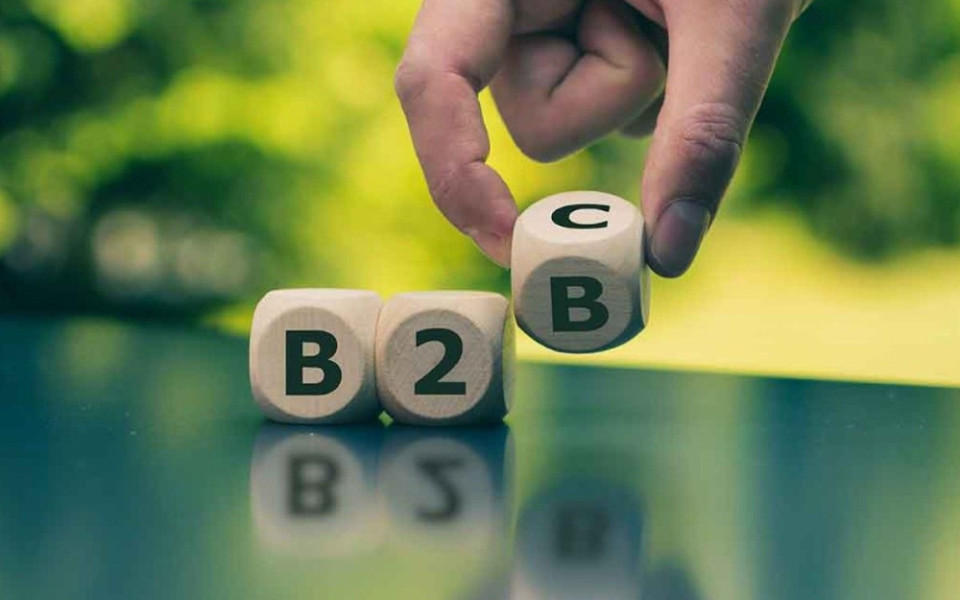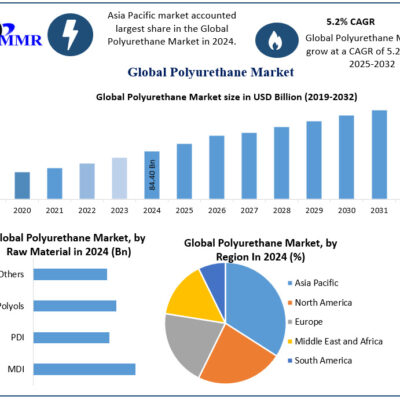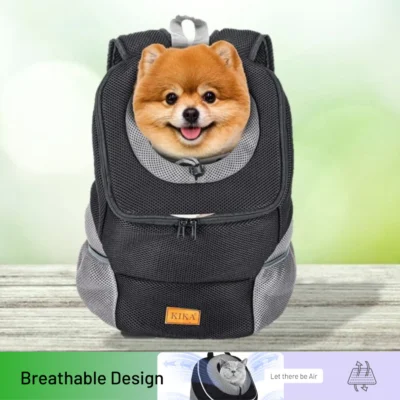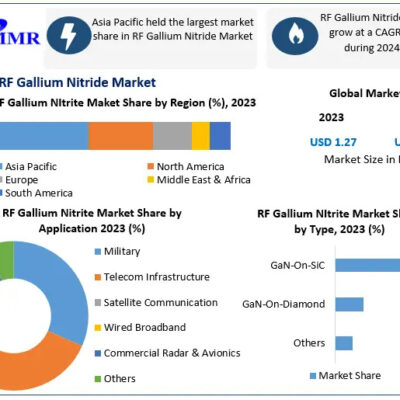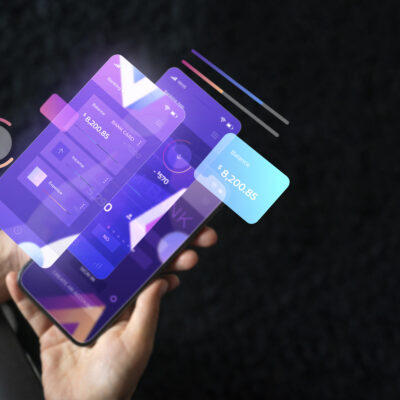![]()
The landscape of trade show marketing presents a fascinating dichotomy between business-to-business and business-to-consumer approaches, each requiring distinctly different strategies to achieve maximum impact. While both environments involve human interaction and product demonstration, the underlying motivations, decision-making processes, and relationship dynamics create entirely different ecosystems that demand tailored approaches for success.
Understanding these fundamental differences extends far beyond surface-level observations about audience size or product complexity. The strategic variations penetrate deep into every aspect of trade show planning, from booth design philosophy to lead qualification methods, from engagement tactics to follow-up protocols. These distinctions shape not only how exhibitors approach their trade show presence but also how they measure success and calculate return on investment.
The evolution of trade show marketing has amplified these differences as digital integration, personalization expectations, and relationship-building requirements have become increasingly sophisticated. Modern trade shows serve as critical touchpoints in complex customer journeys, requiring exhibitors to understand not just what their audience wants to see, but how they want to experience it and what will ultimately drive their purchasing decisions.
Relationship Architecture and Connection Dynamics
B2B trade shows operate fundamentally as relationship-building environments where long-term partnerships take precedence over immediate transactions. The interactions that occur in these spaces often represent months or years of cultivation, with attendees arriving with specific research objectives and predetermined meeting schedules. These professionals typically invest significant time in pre-show planning, identifying key vendors, scheduling appointments, and preparing detailed evaluation criteria.
The depth of conversation in B2B environments reflects the complexity of business purchasing decisions, where multiple stakeholders influence outcomes and implementation timelines extend across quarters or fiscal years. Exhibitors must prepare for technical discussions, competitive comparisons, and detailed ROI justifications that rarely occur in consumer-focused environments. The booth staff requires industry expertise, technical knowledge, and the ability to engage in consultative selling approaches that address specific business challenges.
Consumer-focused trade shows, conversely, thrive on immediate emotional connections and spontaneous discovery experiences. Attendees arrive with entertainment expectations alongside purchasing intent, seeking products that enhance their personal lives or solve individual problems. The interaction style emphasizes demonstration, sensory engagement, and instant gratification, with purchasing decisions often made on-site or within days of the event.
The consumer environment rewards exhibitors who can create memorable experiences that translate into brand affinity and word-of-mouth marketing. Success depends on the ability to communicate value propositions quickly, demonstrate products effectively, and create positive associations that persist beyond the show floor. The relationship-building process compresses into shorter timeframes but requires equally skilled navigation of emotional triggers and personal motivations.
Decision-Making Pathways and Influence Networks
The complexity of B2B decision-making processes creates unique challenges and opportunities for trade show exhibitors. Multiple stakeholders typically influence purchasing decisions, including end-users, technical evaluators, financial decision-makers, and procurement specialists. Each group brings different priorities, concerns, and evaluation criteria to the decision process, requiring exhibitors to prepare materials and messaging that address diverse perspectives.
B2B booth strategies must account for the reality that the person engaging with the exhibit may not be the final decision-maker but could be a crucial influencer in the selection process. This dynamic requires sophisticated lead qualification processes, detailed information capture systems, and multi-layered follow-up strategies that nurture relationships across entire organizational hierarchies.
Top rated trade show exhibit rentals often showcase innovative designs specifically engineered to facilitate these complex B2B interactions, featuring private meeting spaces, demonstration areas, and presentation capabilities that support detailed technical discussions. These environments must balance openness for initial engagement with privacy for sensitive business conversations, creating flexible spaces that adapt to different interaction types throughout the show.
Consumer purchasing decisions, while potentially involving family members or friends, typically center on individual preferences and immediate needs. The influence network remains smaller and more personal, allowing exhibitors to focus on direct persuasion and emotional engagement. The decision-making timeline compresses significantly, with many purchases occurring during or immediately after the trade show experience.
This immediacy creates opportunities for exhibitors to leverage urgency, exclusive offers, and limited-time incentives that rarely work in B2B environments. Consumer-focused booth strategies can emphasize excitement, entertainment, and instant satisfaction, using techniques like product sampling, interactive demonstrations, and immediate purchase options to capitalize on momentary enthusiasm.
Engagement Intensity and Interaction Depth
The nature of engagement in B2B trade shows demands sustained, intensive interactions that often span multiple conversations over several days. Attendees expect detailed product demonstrations, technical specifications, implementation discussions, and comprehensive Q&A sessions that thoroughly explore potential solutions. These interactions require significant time investments from both exhibitors and attendees, creating expectations for meaningful, productive exchanges.
B2B booth designs must accommodate these extended interactions, providing comfortable seating areas, private discussion spaces, and presentation capabilities that support in-depth conversations. The staffing requirements include not only sales professionals but also technical experts, implementation specialists, and senior executives who can address complex questions and make on-the-spot commitments when necessary.
The follow-up process in B2B environments extends far beyond simple lead capture, requiring sophisticated customer relationship management systems that track multiple touchpoints, document detailed requirements, and manage complex sales cycles that may span months or years. Success measurement extends beyond immediate sales to include pipeline development, relationship advancement, and long-term customer lifetime value calculations.
Consumer trade show engagement operates on entirely different parameters, emphasizing broad reach, quick connections, and memorable experiences that create lasting impressions. Attendees typically spend minutes rather than hours at individual booths, requiring exhibitors to communicate value propositions rapidly and effectively. The interaction style favors demonstration over discussion, experience over explanation, and emotional connection over technical detail.
Consumer-focused booth strategies maximize traffic flow, minimize barriers to engagement, and create shareable experiences that extend brand reach through social media and word-of-mouth marketing. The staffing approach emphasizes enthusiasm, product knowledge, and the ability to connect with diverse audiences quickly and effectively.
Investment Priorities and Resource Allocation
B2B trade show investments typically emphasize quality over quantity, focusing resources on creating sophisticated experiences that justify the higher customer acquisition costs associated with business sales. The booth design, technology integration, and staff training investments reflect the higher lifetime value of business customers and the extended sales cycles that characterize B2B transactions.
The measurement of success in B2B environments extends beyond immediate metrics to include relationship development, brand positioning, and competitive differentiation that may not translate into immediate sales but create long-term competitive advantages. This longer-term perspective influences budget allocation, with significant investments in relationship-building activities, hospitality, and follow-up resources that support extended sales cycles.
Consumer trade show investments focus on maximizing exposure, generating immediate sales, and creating brand awareness that translates into ongoing consumer loyalty. The resource allocation emphasizes broad reach, engaging experiences, and efficient transaction processing that capitalizes on the immediate purchasing intent of consumer audiences.
The return on investment calculations for consumer shows typically emphasize immediate sales, lead generation, and brand awareness metrics that can be measured within weeks or months of the event. This shorter measurement timeline influences booth design, staffing decisions, and promotional strategies that prioritize immediate impact over long-term relationship development.
Conclusion
The strategic differences between B2B and B2C trade show approaches reflect fundamental distinctions in customer behavior, decision-making processes, and relationship dynamics that shape every aspect of trade show marketing. Understanding these differences enables exhibitors to allocate resources effectively, design appropriate experiences, and implement measurement systems that accurately reflect success in each environment.
The evolution of trade show marketing continues to amplify these distinctions as digital integration, personalization expectations, and relationship-building requirements become increasingly sophisticated. Successful exhibitors recognize that generic approaches fail in both environments, requiring tailored strategies that address the specific needs, motivations, and behaviors of each audience type.
The future of trade show marketing will likely see further divergence between B2B and B2C approaches as technology enables more sophisticated personalization, data analytics provide deeper insights into customer behavior, and competitive pressures demand increasingly refined targeting strategies. Organizations that master these distinctions will find themselves well-positioned to maximize their trade show investments and achieve sustainable competitive advantages in their respective markets.
Whether focusing on building long-term business relationships or creating immediate consumer connections, successful trade show strategies must align with the fundamental dynamics of their target audience while remaining flexible enough to adapt to evolving market conditions and changing customer expectations.
